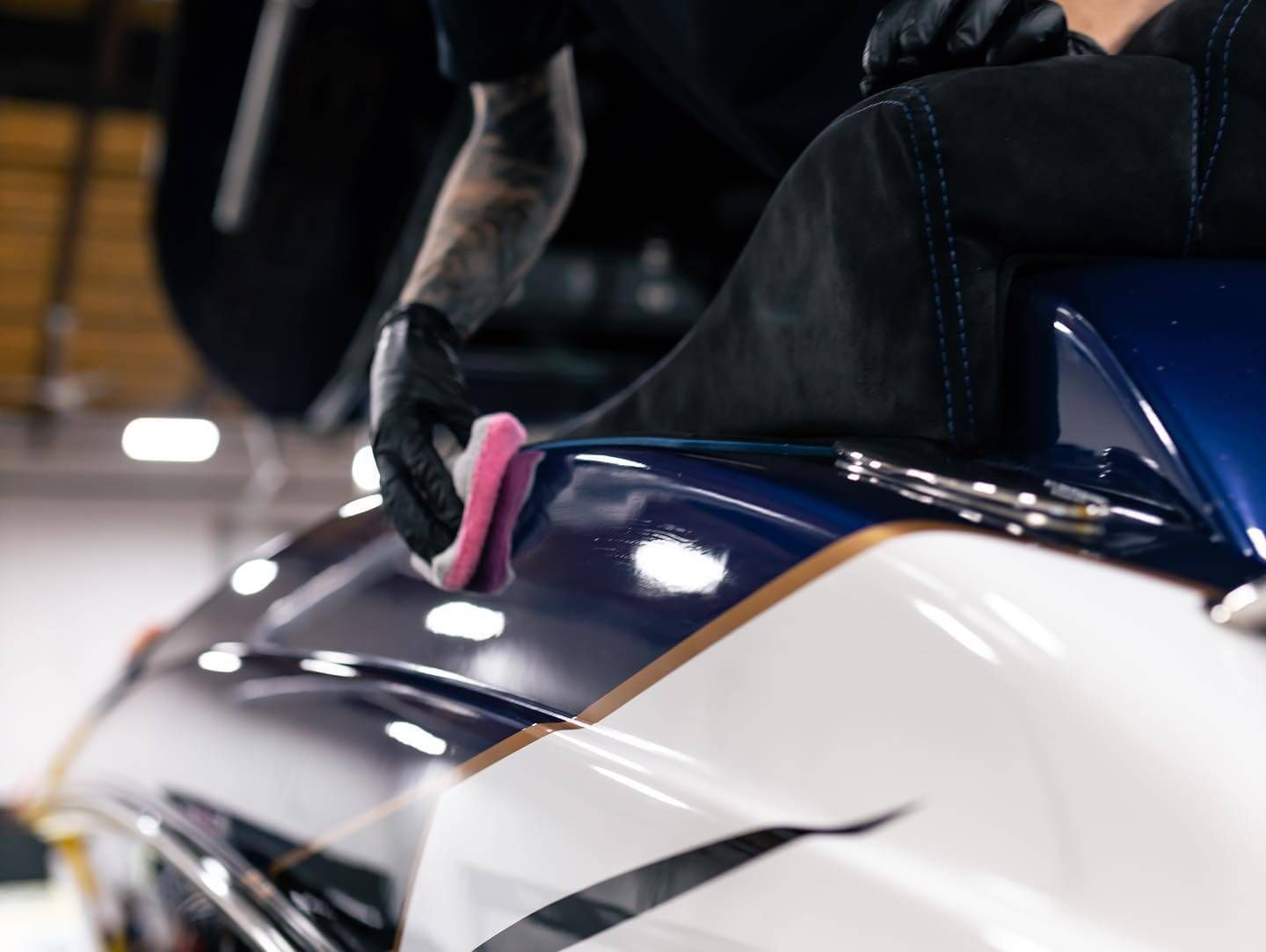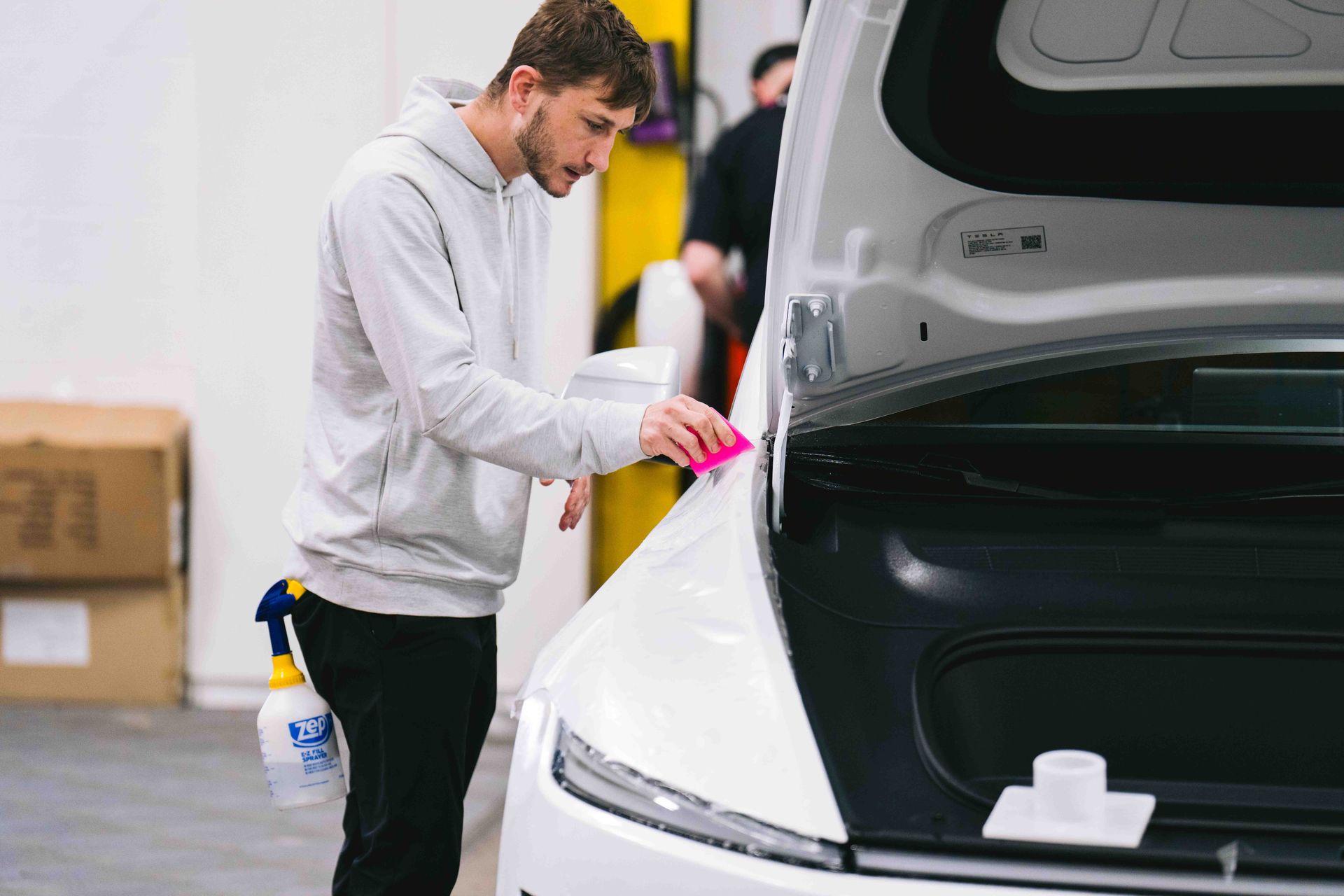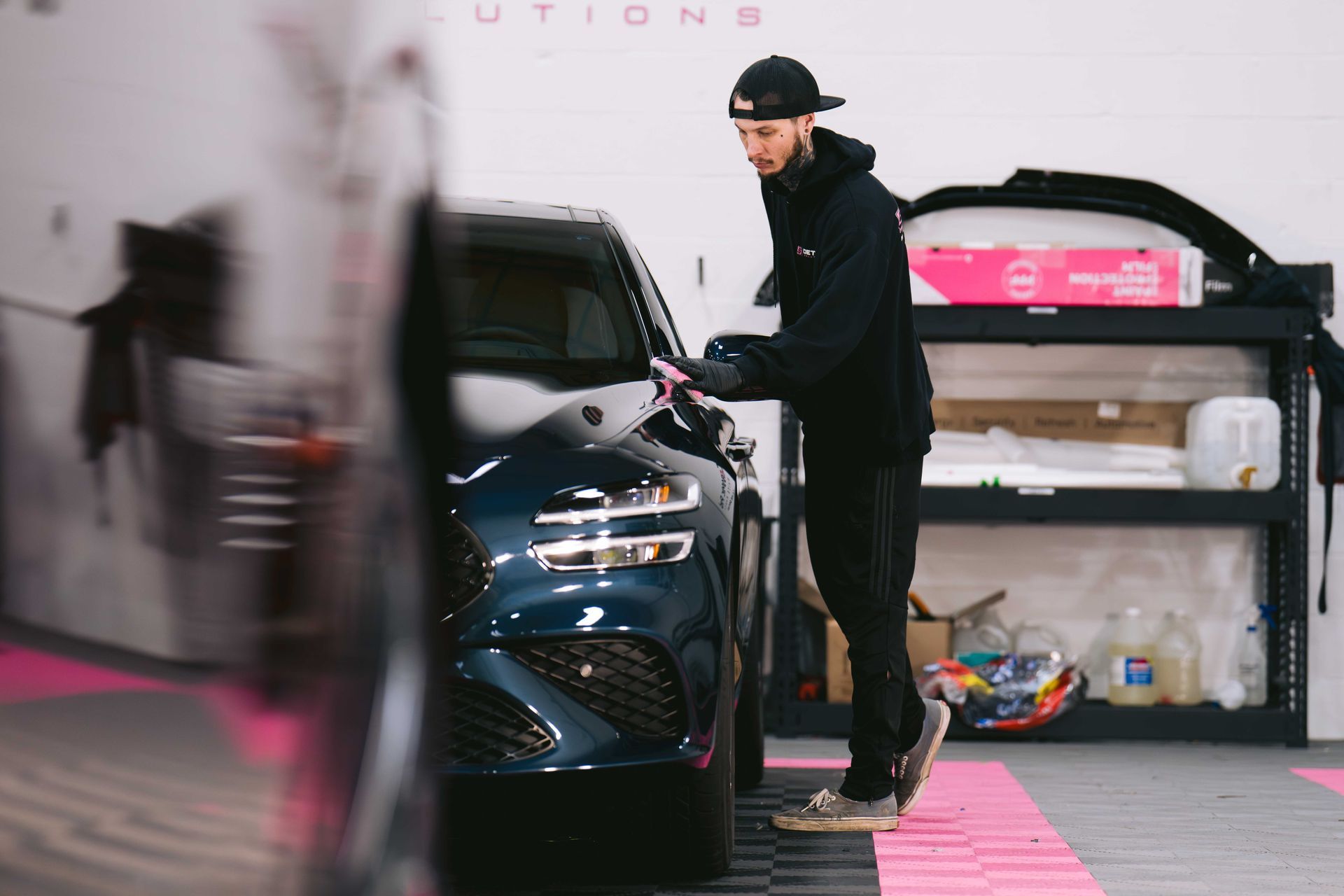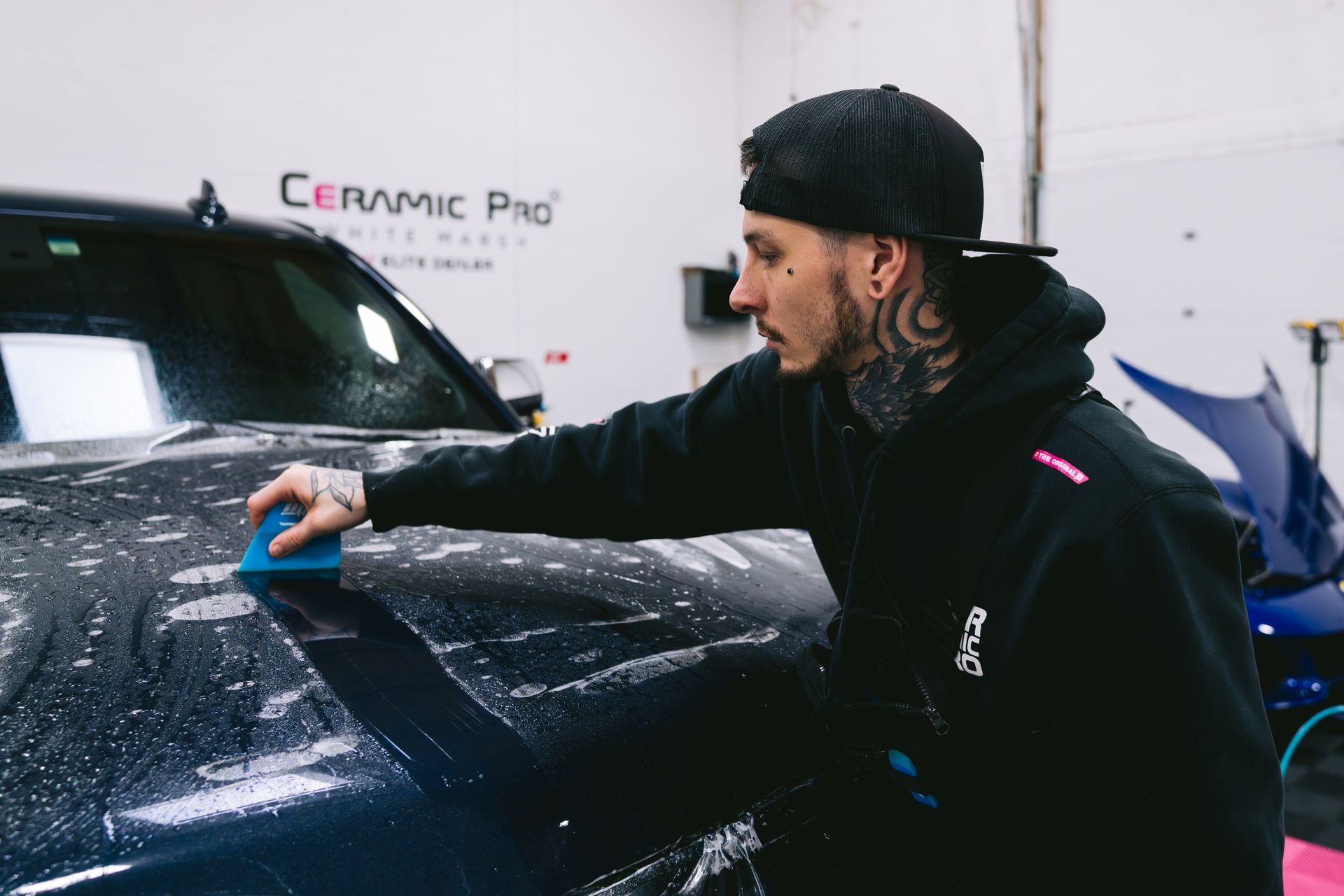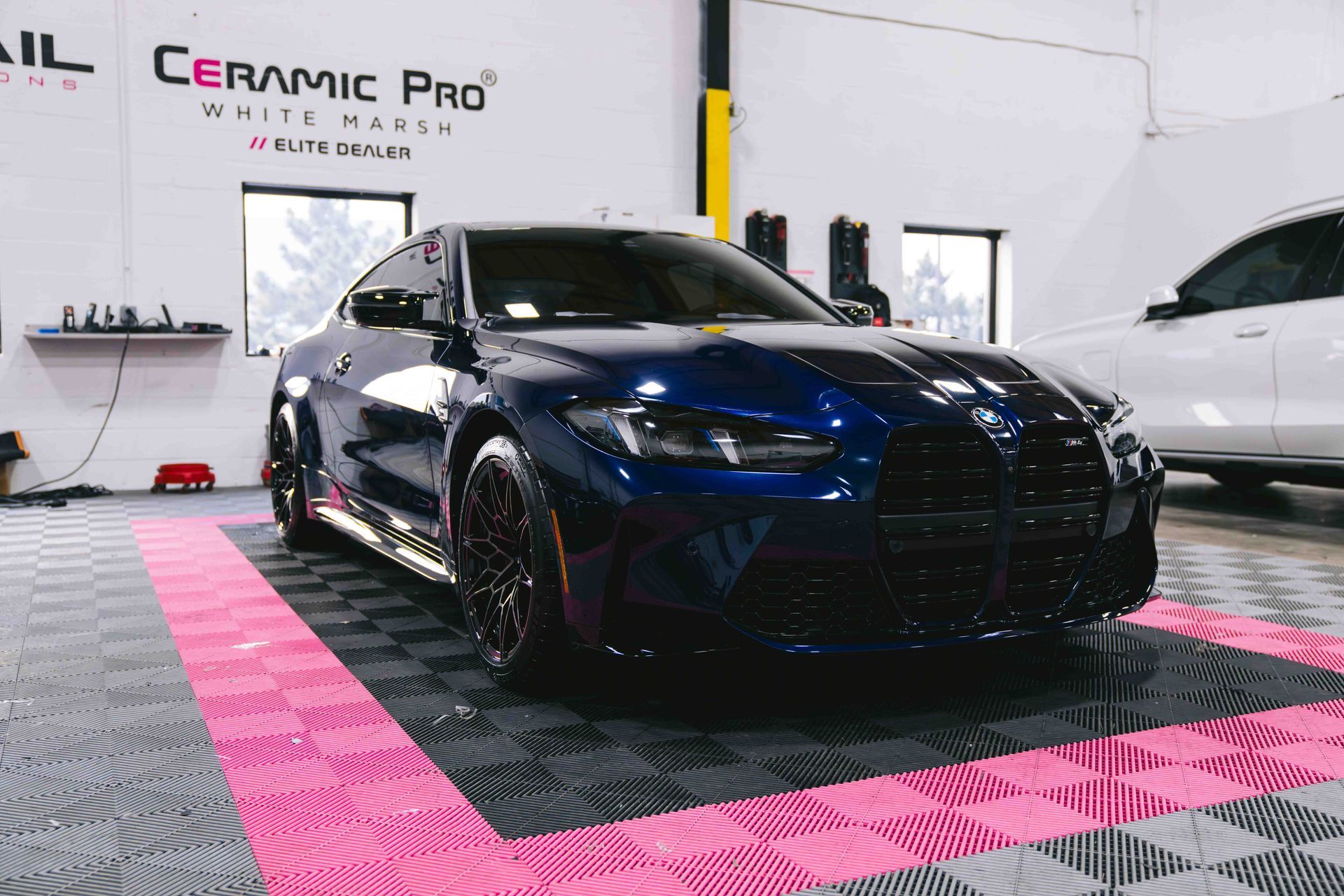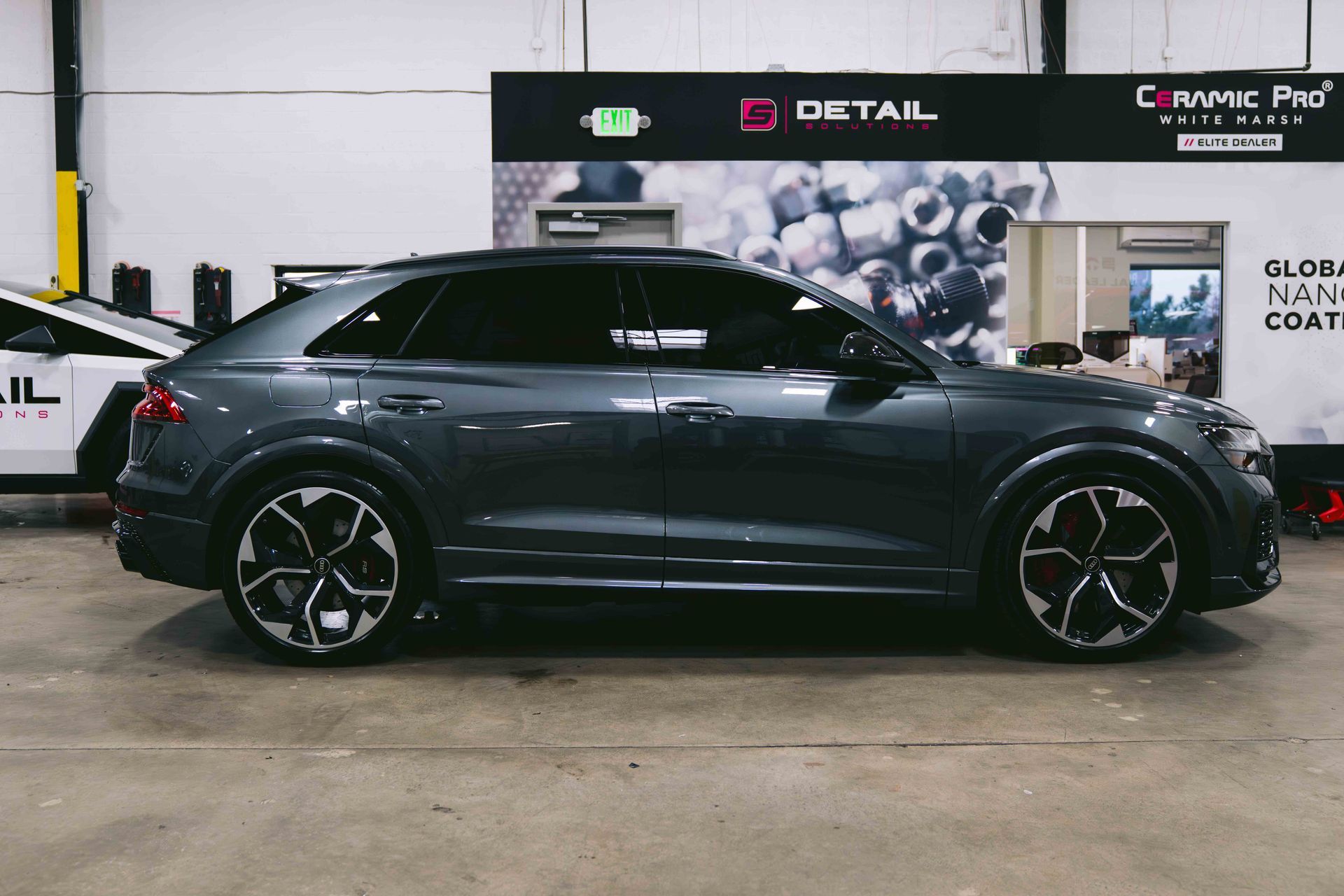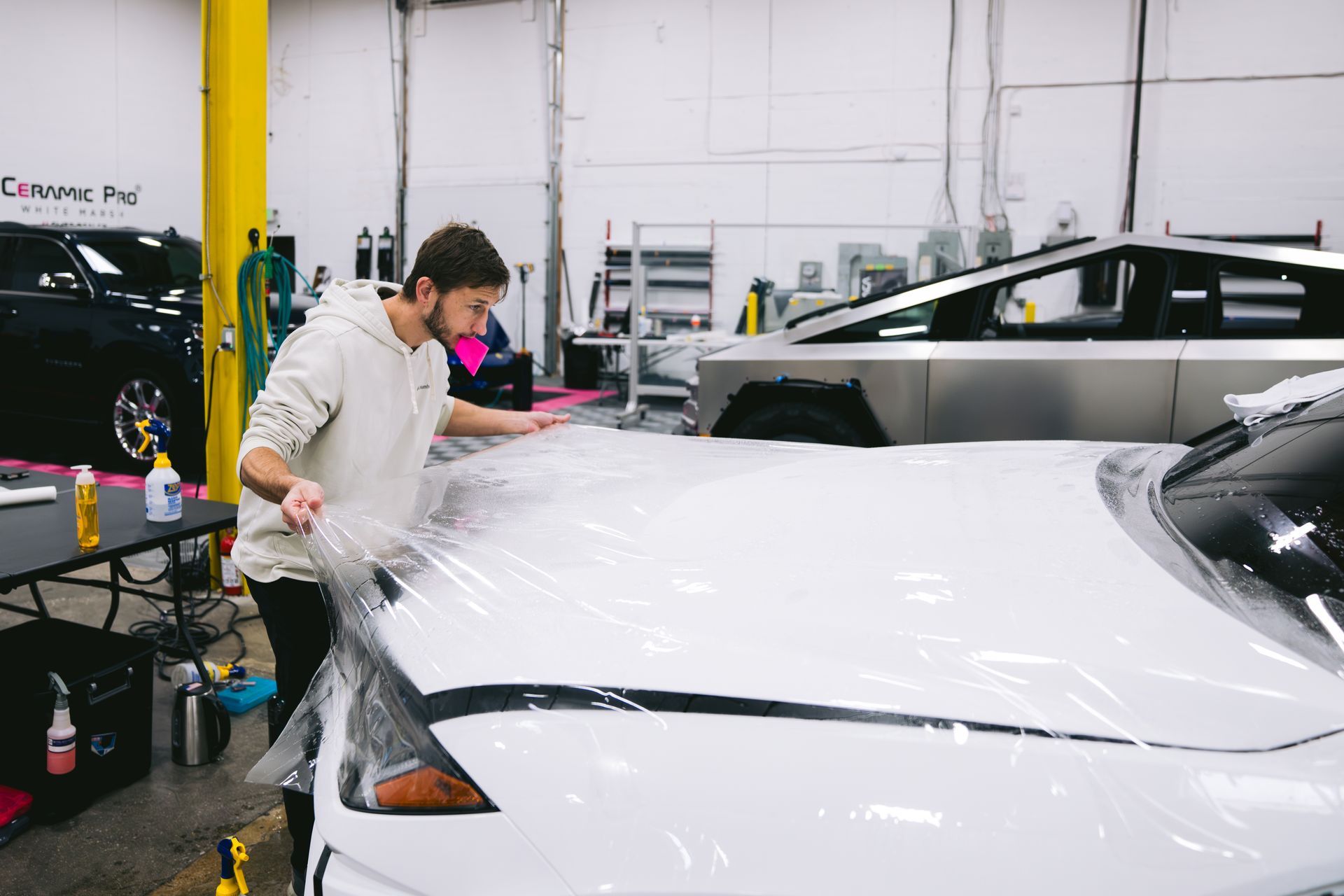Polishing your car after the initial wash will give it a brighter finish and give off the impression of a well-maintained car. It is important to note that there is a difference between polishing and waxing. Polishing seals the scratches on your paintwork and makes your car shine, while waxing will protect your paint and polish from external contaminants and keep your vehicle shining for longer.
To achieve the best polishing results, you must consider the age and use of your vehicle and how you take care of your car daily. These factors will influence how often you need to polish your car and the type of polish to use in the following ways:
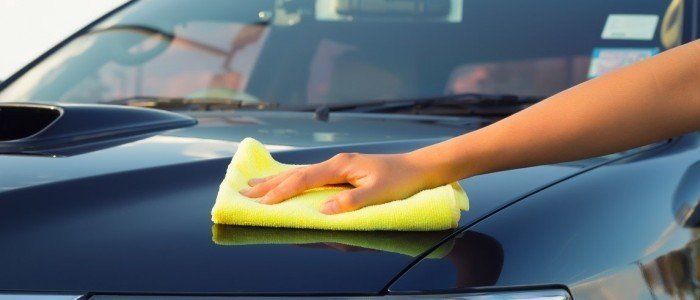
Age and Use of your Car
The age and use of your car will determine how much work needs to be done for a perfect finish. For newer cars, we recommend polishing two or three times a year. This is because the paintwork would be near perfect and would only need a simple wash before applying a coat of polish on the car if the car does not have any major dents.
After keen paint correction, your paintwork will need more aggressive car polish and polishing for older cars or daily vehicles. This is because we anticipate that your car's paint will develop swirl marks and experience some UV damage and scratches on the paintwork after some time. You will need to wash the car or take it to a car wash and insist on them using car shampoo or snow foam that will rid your car body of any debris. After that, inspect the car's surface for any imperfections and deep paint scratches. If you notice any of these, you will use detailing clay to wipe out imperfections and leave the surface feeling smooth and uniform.
For any layers of paint that may need further paint correction, cutting or polishing compounds may be used. Polishing compounds have finer abrasives than cutting compounds, but both are used to repair different levels of paint damage and clear coat scratches. After that, applying a layer of polish will have the car shining and ready for a nice, clear coat of wax or ceramic coating to protect the polish and paint. For older cars, frequent polishing in a year would be necessary. Preferably four to five times.
How you Take Care of your Vehicle
The level of care your car receives will determine how much exterior car detailing service and polishing your car will require to remain as good as new. The level of care may be determined by the way you drive and store your care and the auto detailing services that your vehicle receives.
Careful Driving and Parking
As a driver or car owner, you avoid accidents that may wreck your entire vehicle or force you to procure a full paint correction by driving cautiously. For small dents and door dings, paintless dent removal may help correct any paint defects on the car body before applying any polish.
It helps to park your car under a shade to reduce the effects of UV rays on your paintwork.
It also helps protect the car from other contaminants like bug splatter, grime, and bird droppings and shields it from environmental elements like acid rain that can fade out your car paint. Being careful to avoid accidents and parking under a shade ensures that your car paint is protected and the frequency of auto detailing and polishing is reduced.
Complete vs. Basic Car Detailing Service
The types of auto detailing services vary based on your preference and cost. A basic car detailing service may include a basic wash and a simple polish. With this detailing and judging by the car's age, car polishing your car two or three times a year is sufficient. This may be adequate for new cars or cars used sparingly and driven with caution.
A complete auto detailing service may generally cost more for an average-sized vehicle than basic detailing. The prices vary between auto detailers, but it offers more protection and care. It includes a window wash, cargo area vacuum, trim cleaning, interior vacuuming and polishing, tire cleaning, and interior polish. With complete auto detailing services that include ceramic coating and application of either hand wax or paint sealant coupled with proper after-care services like parking under a shade and careful driving, polishing your car may be reduced to once or twice yearly.
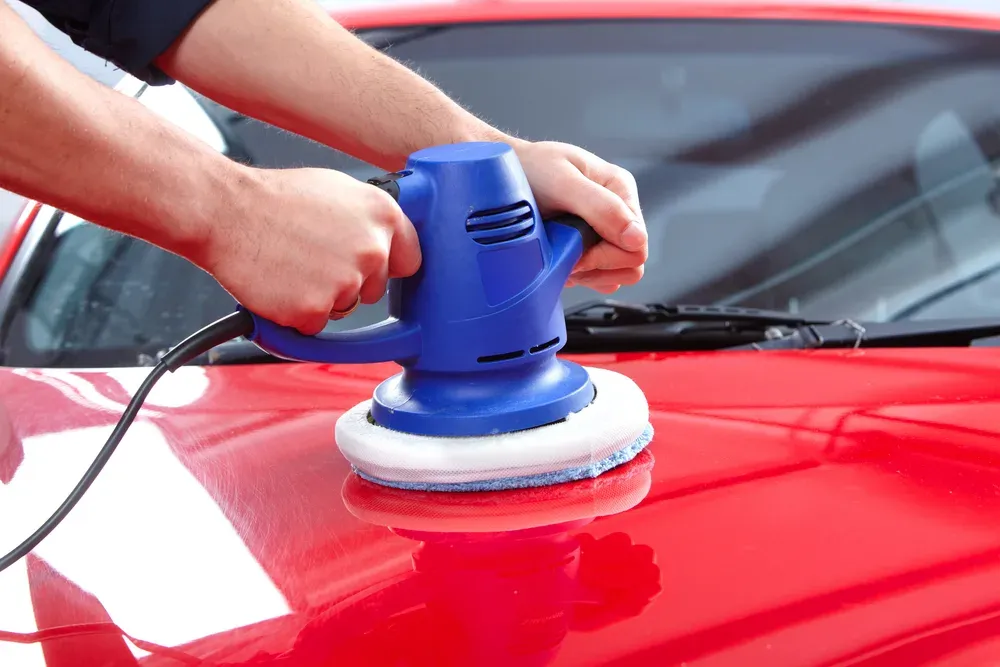
Choosing the right Kind of Polish for Your Car
The secret lies in understanding which polish best suits your needs for the best finishing processes. There is a wide array of polishes formulated to handle different types of paint correction. Understanding how each work will help you know what's right for your car.
Cutting Compounds
These are aggressive polishes that are used first in the line of paint correction and are very abrasive. They work by cutting out the layer of paint with any deep swirl marks. The texture or their grit compounds determine their abrasiveness. Small grit compounds are referred to as rubbing compounds, while those with larger compounds are called cutting compounds.
Moderate Swirl Removers
These are less abrasive and are recommended for use after the cutting compounds. They smoothen out the surfaces and don't remove any paint layers.
Finishing Polish
This is used in the final process of polishing. they are very gentle on the paint and only are excellent while removing for marring and oxidation from the car. They are also highly recommended for new cars and frequent use.
Looking For Exterior and Interior Car Detailing Services in Baltimore, Maryland?
At Detail Solutions, we offer the best exterior and interior detailing services in Baltimore, Maryland, and its environs. We have a standardized exterior detailing process that guarantees excellent results for every car we handle. We have also structured our services to provide different packages that suit your needs and car. We also offer a traveling detailers service, where our professional detailers visit you in your preferred location.
To book an appointment with us or get a free quote, call (410) 238-3000 today.

